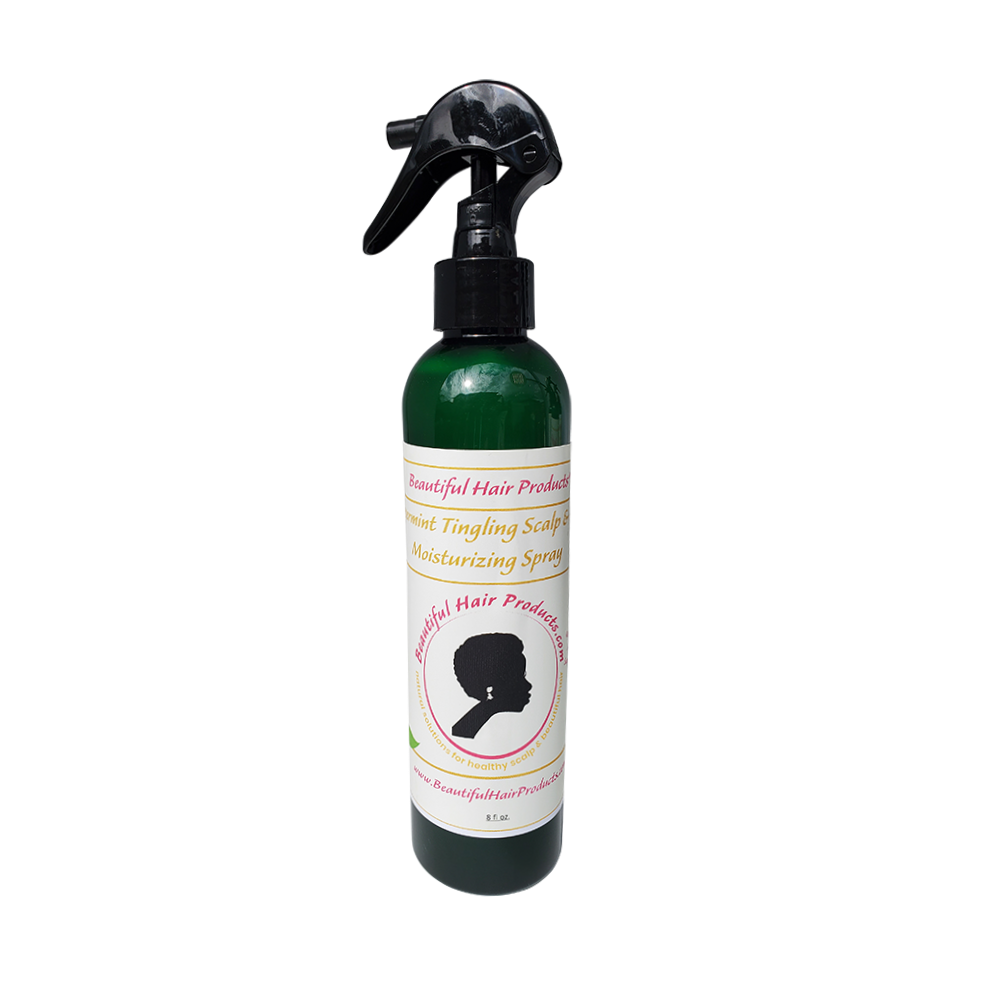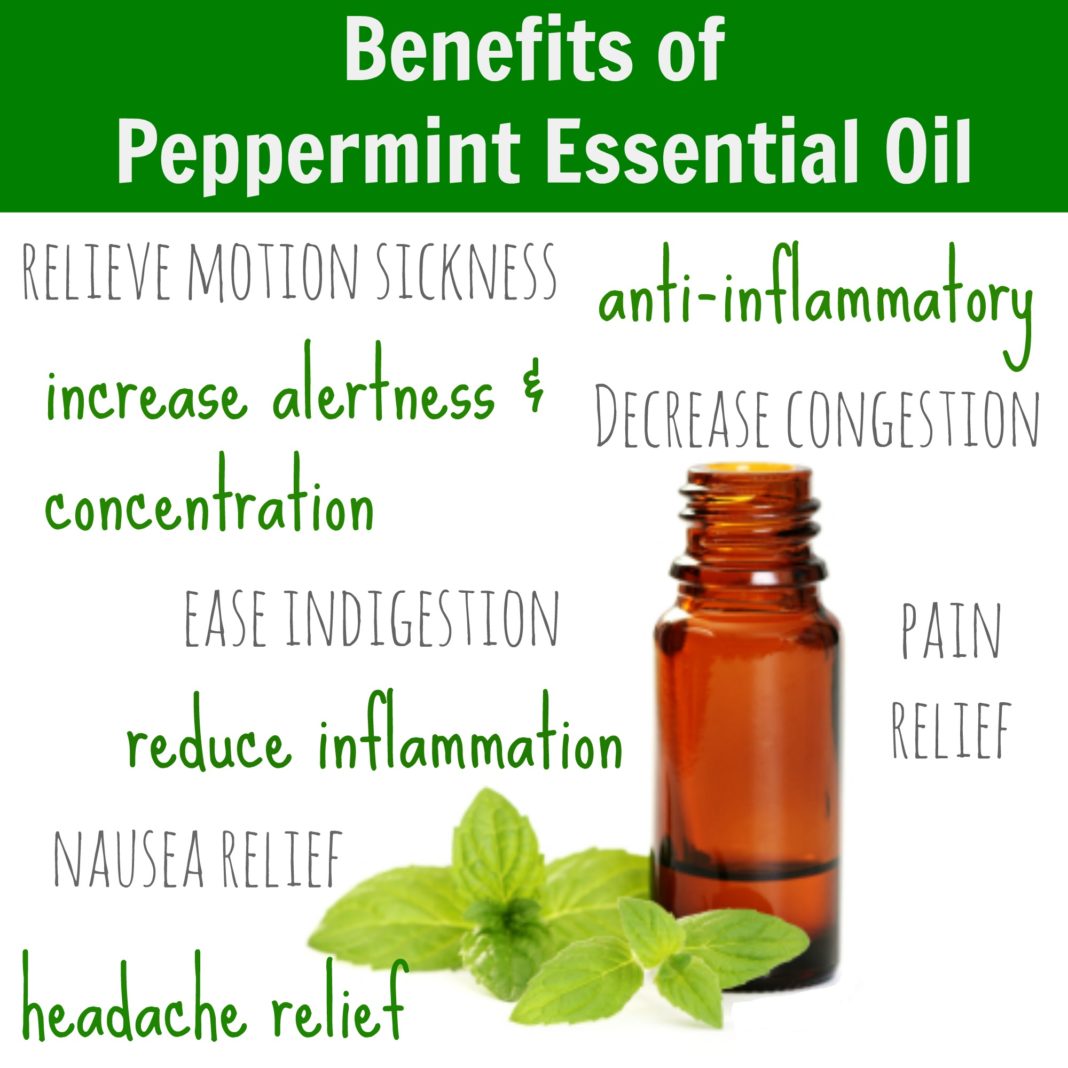Table Of Content

Another study examined the effect of using peppermint oil to reduce itchy skin during pregnancy. Thankfully, peppermint oil proved effective in this regard, with a 1% solution of the oil having a positive impact on long-term itchiness. The oil was also found to be beneficial in treating severe scalp itching. Several studies have been done on peppermint oil’s efficacy to help sort out fact from fiction.
Potential Side Effects of Using Peppermint Oil
A 2024 literature review did not find sufficient scientific evidence for the use of peppermint oil in the treatment of androgenetic alopecia. Still, it did find the topical application of rosemary oil to be promising. There is a scarce amount of knowledge about the potential applications of essential oils such as peppermint oil and their components in hair care. Turmeric can help stop hair loss by addressing some of the underlying causes. Its anti-inflammatory properties can reduce scalp inflammation, a common factor in hair loss, according to a 2021 study published in the Journal of Controlled Release. Turmeric’s antioxidant effects can also neutralise free radicals that damage hair follicles and lead to thinning hair.
How to Use Peppermint Essential Oil for Hair Growth
Simply use your shampoo and conditioner with the peppermint essential oil as you usually would, and enjoy the benefits. For those looking to use peppermint oil for possible hair growth, a more reliable method may be to add high-quality peppermint essential oil directly to a shampoo or conditioner before use. While some animal studies on the effects of peppermint oil on hair growth have been conducted, there is a lack of research to conclude that peppermint oil promotes hair growth in humans. In addition, PEO effectively stimulated hair growth in an animal model via several mechanisms and thus could be used as a therapeutic or preventive alternative medicine for hair loss in humans.
Reduce Hair Loss in Pregnancy
And if at any point your applied peppermint oil starts to burn or hurt, that’s a sign you should wash the stuff off ASAP. Finally, keep in mind that for some people, even properly diluted peppermint oil can cause a skin rash or irritation. Combining peppermint oil with a moisture-inducing oil such as olive oil can increase the benefits and keep you on the road to healthy hair. As an anti-microbial and anti-inflammatory oil, peppermint is known to soothe itchy skin. Combine the essential oil with jojoba or grapeseed oil and keep your scalp in peak condition. Add a few drops of peppermint oil to your shampoo for a more aromatic experience.
Method #1 – Buy Shampoos and Conditioners that Contain Peppermint Oil
Is Rosemary Oil Really Worth The Hype For Hair Growth? Dermatologists Weigh In - SheFinds
Is Rosemary Oil Really Worth The Hype For Hair Growth? Dermatologists Weigh In.
Posted: Thu, 20 Jul 2023 07:00:00 GMT [source]
Just as there are many benefits and side effects of peppermint oil, there are several methods by which you can apply it. Various methods can have different effects, and some may be a better fit for your scalp or hair care regimen. There are far too many products that try to push sales backed by science – so let’s take a look at what the scientific research community has to say about the efficacy of peppermint oil for hair care.

Helps reduce scalp infections
In the experimental dermopharmacy and technology of transdermal drug forms, terpenes have also been intensively explored as penetration enhancers (18). When skin is treated with terpenes, the existing network of hydrogen bonds between ceramides may loosen because of competitive hydrogen bonding (19). The high accumulation of most of the terpenes in the skin layers proves that these compounds easily permeate the stratum corneum and that they may easily penetrate into blood circulation in vivo(20). Increase of dermal thickness, hair follicle number and hair follicle depth in histological analysis. Histological analysis showed that 4-wk topical application of PEO and MXD induced very thick and long hair growth and promoted the elongation of hair follicles from dermis to subcutis (Fig. 3). These results indicate that the hair follicles of PEO and MXD groups at week 4 were in the anagen stage.
Welcome to Hello Glow, where you'll learn all about making clean beauty products with herbal ingredients and essential oils. Read on for our best tips, techniques, and recipes for natural beauty. If you want to perform a patch test first to be safe, you can follow the American Academy of Dermatology's tips, applying the product to the underside of your arm twice daily for about a week. If you don't notice any reactions within that time, you should be good to give the oil a go other places. Peppermint leaves can undergo steam distillation, supercritical fluid extraction, or ultrasound-assisted extraction to extract their oils. The result is an extremely versatile essential oil that's used in food, beverages, skin care, perfumes, and even in medicine to help combat spasms characteristic of irritable bowel syndrome (IBS).
Peppermint oil is commonly used as flavoring in foods and beverages and as a fragrance in soaps and cosmetics. Peppermint oil, and specifically the pulegone in it, can also strengthen your hair’s roots. In short, there are many ways in which peppermint oil can help soothe your scalp, and thus a plethora of reasons to consider adding it to your hair care arsenal. However, if you want to make your own scalp massage oil, it can easily be created with your own DIY recipe of peppermint oil, coconut, jojoba, and/or shea butter.

USE SHAMPOO AND CONDITIONER WITH PEPPERMINT OIL
In addition to being red or watery after exposure, your eyes may also have a grainy feeling, sensitivity to light, or blurred vision. In many cases, thoroughly rinsing the affected eye or eyes with room temperature water for 15 to 20 minutes can relieve symptoms. Hair loss is a problem that many people, both male and female, experience at some point during their lives. When people notice their hair is changing, this can be a blow to their confidence. Our hair is often a part of our identity, so we might go to great lengths to preserve it. Peppermint oil serves as a one-two punch here, combating both dry scalp and itchiness.
Over half of the participants reported an improvement in their symptoms. A 2021 study of 80 patients tested the effects of applying one drop of peppermint oil between the upper lip and nose three times a day for 5 days after chemotherapy. The researchers found that it lessened the severity and frequency of nausea and vomiting. However, peppermint oil wasn’t effective in treating colic in comparison with simethicone drops.
We also observed a slight increase of epidermal thickness in PEO group. According to the National Center for Biotechnology Information (NBCI), peppermint essential oil comes from peppermint trees that are native to Europe. The principal ingredient of peppermint oil, menthol, is primarily responsible for its beneficial effects. In fact, peppermint essential oil has a long history in the beauty world! The NCBI also reveals that peppermint essential oil is regarded as an excellent fragrance ingredient and cooling agent. It's used in various cosmetics products ranging from skin care to hair care.
Considering experts don’t know much about how peppermint oil affects hair, there’s not much solid evidence for the best way to apply the stuff or how long to leave it on. Add a couple drops of oil to about one tablespoon of your favorite scalp massage oil. If you don’t have scalp massage oil, you can use a simple household oil like coconut, jojoba, or shea butter oil. There are a few ways you can use peppermint oil on your hair to try to prevent hair loss.
If you have peppermint oil in your house, make sure it is stored away from where children can access it. Perfect Hair Health showcases evidence-based approaches for hair regrowth, with and without drugs. Our goal isn’t to push you toward any specific treatment; it’s to provide you with unbiased information. This is what allows our members to stop wasting years of time, money, and hair – and start building a path toward hair recovery that fits with their needs and preferences. While the results from the 2015 study offer promise for using rosemary to treat hair loss, there are at least two reasons to question the results. Human hair studies are hard to come by, and when studies show hair growth in rats, those results rarely carry over to humans.
Peppermint oil can serve as a stopgap at warding off lice until you can get proper medical treatment. Unfortunately, this doesn’t solve the itchiness issue and, if anything, only allows your scalp to get even drier, perpetuating the problem. Or, if you’re a fan of The Simpsons, you may recognize the name-switched version, “Dimoxinil,” from the episode “Simpson and Delilah,” where Homer regrows his hair). A 0.5% solution applied twice a day was found to be effective in controlling this kind of itchiness.

No comments:
Post a Comment